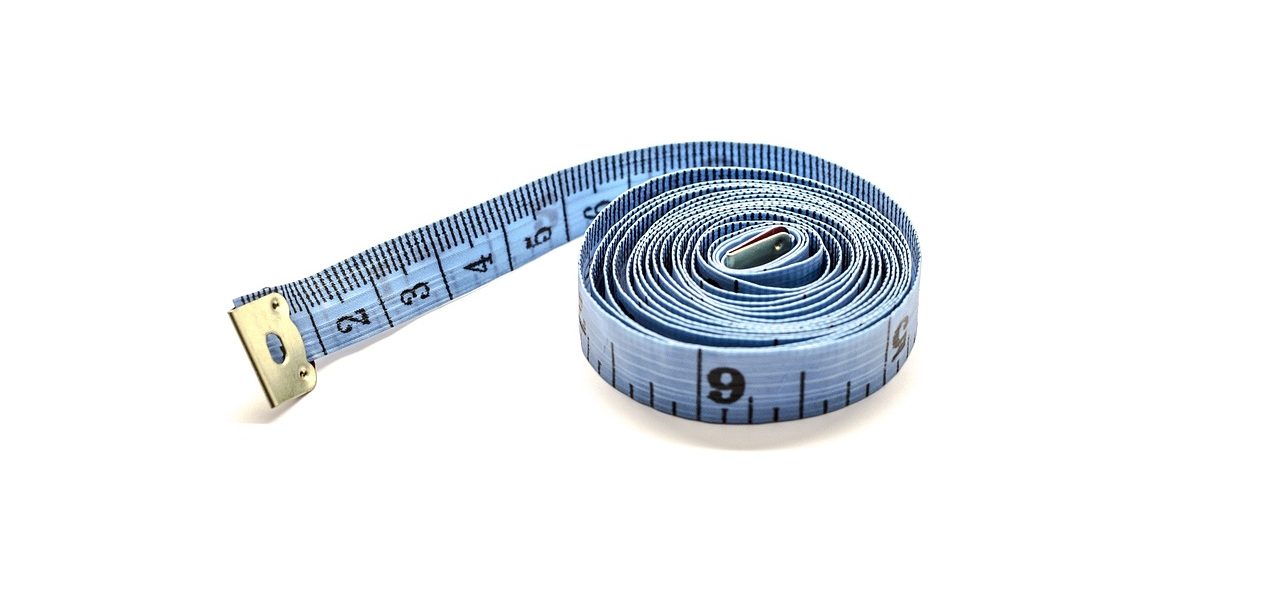What is Measuring Productivity?
Productivity measurement tells you how well you’re doing.
But it’s challenging to gauge in the public sector, where the goals are complex and quantitative measures cannot always reflect the values of an agency’s mission and public service.
So, effective measurement in government has a qualitative component. And that requires creative thinking about what outcomes are important and how to calculate them.
How Measurement Supports Productivity
You can’t tell you are improving productivity if you can’t measure it. But measuring productivity productively means finding measurements that illustrate that you’re meeting program goals. To do that, look beyond what’s easy to measure to find what’s relevant to measure.
Choosing the wrong metrics can result in projects that fail to make a positive difference, no matter how successful they appear. The right measurements can guide future efforts and inspire your team.
Good measurements also help you communicate with constituents and elected officials about what you’re accomplishing and how you’re responding to their concerns. Setting a baseline shows that you take the issue seriously. Sometimes good measurements result in bad news — but they also point the way to improvement.
How It’s Done
Several types of metrics address productivity — and they are not how long employees stay at their desks or how many emails they answer.
Output metrics show what you’re delivering to constituents, process metrics track your operations and activity metrics measure your efforts to improve performance. Where output metrics may point you toward future improvements, process and activity metrics show the way. As you analyze the relationships between them at your agency, be sure to get the most out of them.
Engage everyone in the process. Employees should design mission-based priorities to share with their teams — daily, weekly and longer-term — to eliminate confusion and align understanding. Then, employees and managers can evaluate how well those priorities support the mission. Gabriela Mauch, Vice President of the ActivTrak Productivity Lab, champions the idea of empowerment, along with trust and personal accountability — all of which free employees to manage their work processes and managers to focus on growth and influential insight.
Look at the past, present and future. It’s wise to examine where you started and where you’re going, in addition to where you are. Tracking outcomes and operations over time helps you set goals
for the future. Stay mindful, too, of your current resources. Remember that employees are subject to their circumstances, including how long they’ve had their jobs, the guidance they’ve received and their skill level.
It’s important not to evaluate employee performance in a vacuum. Frequent conversations between employees and managers and regular employee self-reviews will help.
Say ‘No’ to Micromanaging
Managers can wind up evaluating how people work, rather than the work itself.
“The surefire way to reduce someone’s productivity is sweating the small stuff,” said Nefertiti DiCosmo, Supervisory Life Scientist at the Environmental Protection Agency and a former GovLoop Featured Contributor. She recalled times when high performers’ output slowed because they had to focus on monitoring their work behavior rather than their actual work.
“Being nitpicky is going to reduce people’s ability to be productive,” she said. But refocusing on the mission relieves stress and increases productivity.
Plan and Communicate
Watching your employees’ every move is a mistake.
“It displays distrust in the team’s capabilities and hinders your leadership,” said Shakima Tozay, Senior Social Worker at the Department of Veteran Affairs and a former GovLoop Featured Contributor.
Instead, prioritize planning and communication, because “miscommunication about goals and instructions can be another source of diminished output.”
“Ask the employee what other aspects of their work are not easily measured, then figure out how to best capture their efforts,” said Tozay.
She recommended frequent check-ins about progress and milestones. “Even during times of crisis and uncertainty, a leader should take time to plot an approach,” she added.
Tips for Measuring Productivity
Measure outcomes and conduct constituent and stakeholder surveys.
Keep track of your processes and collect productivity data that improves operations.
Make a timeline of your activity improvements.
Create individualized productivity measurements based on career journeys.
Collect measurement insights from employees, to empower, coach and support them.
Be aware that workers are different — when evaluating their progress, one size does not fit all.
This article appears in our guide, “The 5 Habits of Highly Productive Agencies.” To learn about the other four habits, download it here:





Leave a Reply
You must be logged in to post a comment.